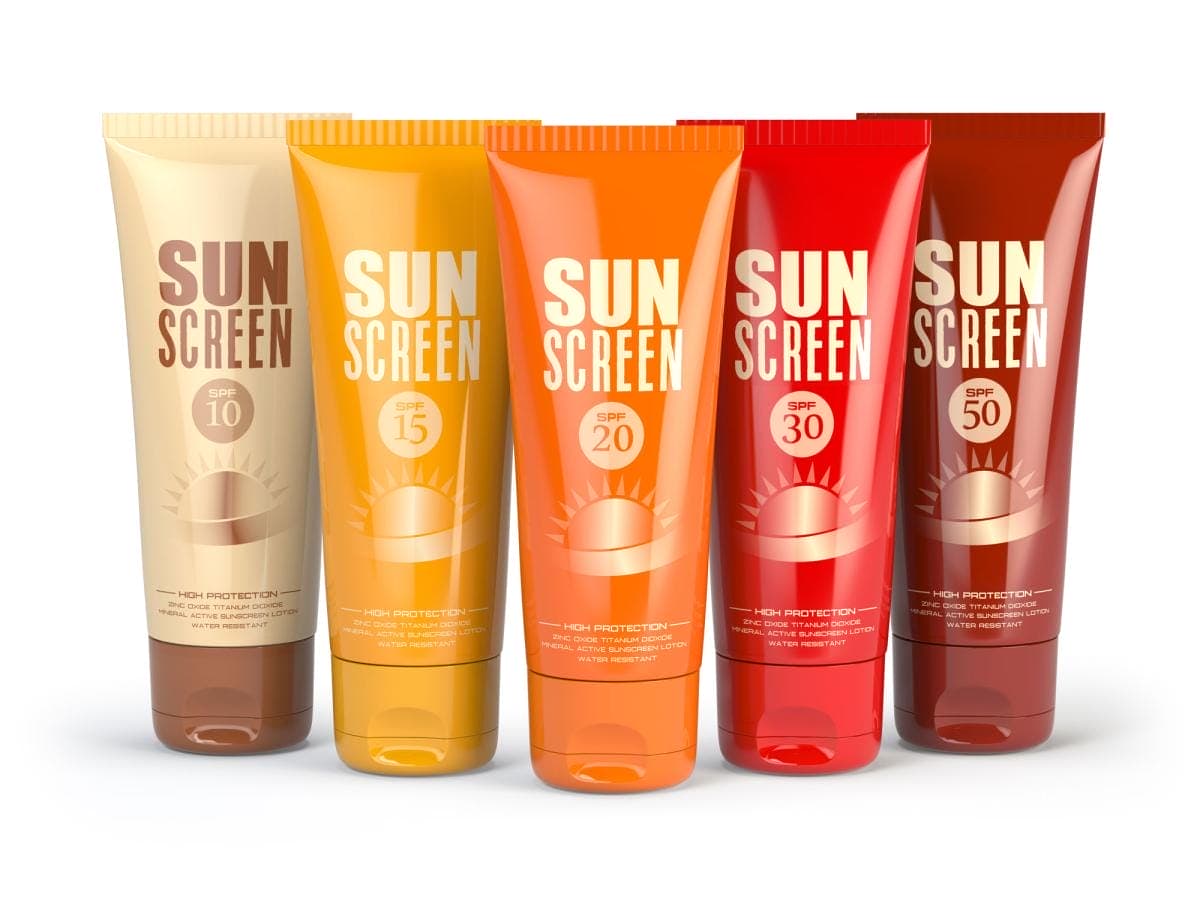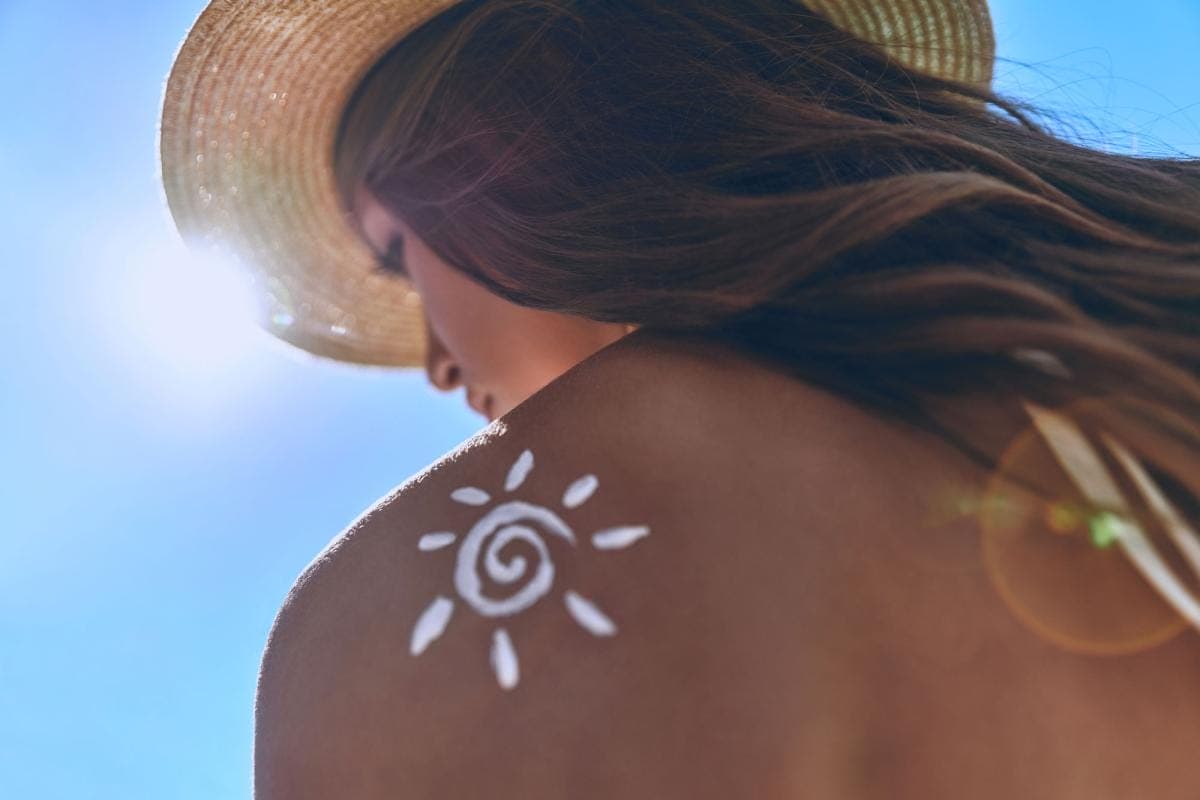Sunscreen isn’t just a seasonal staple – it’s one of the most rigorously studied and essential tools in skin health. Yet, despite its prominence on dermatologists’ recommendation lists, the information on sunscreen labels can feel like a cryptic alphabet soup. What does SPF really quantify? Is “broad spectrum” just a marketing term? And how should we interpret PA ratings like PA+++, or even PA++++?
In this article, we’ll cut through the jargon and get precise about what these terms mean scientifically. We’ll look at how they are tested, what they signify in practical use, and why they matter if your goal is to protect skin from the full scope of UV-induced skin damage – both visible and invisible.
Let’s demystify these terms once and for all.
Why Sunscreen Labeling Matters
Sunscreen is the cornerstone of photoprotection, but not all sunscreens are created equal – and their effectiveness depends not just on the ingredients, but on how we understand and apply them. The rise in skin cancer rates, especially non-melanoma skin cancers linked to cumulative sun exposure, makes sunscreen literacy a public health priority.
According to the Skin Cancer Foundation, more people are diagnosed with skin cancer each year in the U.S. than all other cancers combined. One in five Americans will develop skin cancer by the age of 70. Yet, a 2020 survey by the American Academy of Dermatology found that 76% of Americans misunderstand at least one aspect of SPF labeling.
Clear labeling is crucial for informed choices. That starts with decoding the terms printed on every sunscreen bottle.

The Science Behind SPF
SPF stands for Sun Protection Factor. It is a standardized laboratory measurement that estimates how well a sunscreen will protect the skin from UVB rays, the component of sunlight primarily responsible for sunburn and directly implicated in DNA damage that can lead to skin cancer.
SPF is tested under specific conditions using human volunteers. The skin is exposed to a calibrated UV lamp with and without sunscreen. SPF is defined as:
SPF = (UV energy required to cause minimal erythema on protected skin) ÷ (UV energy required on unprotected skin)
An SPF 30, for example, means it would take 30 times more UVB energy to produce a sunburn on protected skin than on bare skin.
However, this linear interpretation has its limits. Here’s the real breakdown:
- SPF 15 blocks about 93% of UVB rays
- SPF 30 blocks about 97%
- SPF 50 blocks about 98%
- SPF 100 blocks about 99%
No sunscreen blocks 100% of UV radiation. And the protection curve flattens out beyond SPF 50. That’s why the FDA prohibits the labeling of sunscreens higher than SPF 60+ in the U.S. unless the claim can be justified through rigorous testing.
Another point of confusion? SPF doesn’t indicate how long you can stay in the sun. That’s a dangerous myth. Sunscreen wears off due to sweat, water, and natural degradation. Reapplication every two hours (or more frequently with water exposure) is essential, regardless of SPF value.
UVB vs. UVA Radiation: Why SPF Isn’t Enough
SPF only measures UVB protection. But UVA rays, which penetrate deeper into the skin, also contribute to long-term damage. They are responsible for photoaging (wrinkles, sagging, pigmentation) and are increasingly implicated in melanoma formation.
Unlike UVB, UVA doesn’t cause immediate sunburn, so its damage is more insidious. UVA can penetrate through clouds and even glass. Protection against UVA is equally important, but SPF offers no insights into this.
Enter “broad spectrum.”
Broad Spectrum: A Term with Teeth
In the United States, the term “Broad Spectrum” isn’t just marketing language. It’s a specific designation regulated by the FDA.
To qualify, a sunscreen must pass the Critical Wavelength Test, which evaluates how much UVA radiation a product absorbs across a spectrum from 290 to 400 nanometers (UVB ends at 320 nm; UVA extends to 400 nm). The product must absorb at least 90% of UVA radiation, and the critical wavelength must be at least 370 nm to earn the label.
Broad spectrum products therefore indicate that the sunscreen offers meaningful UVA protection alongside UVB coverage. However, there’s no tiered system in the U.S. – a sunscreen either meets the requirement or it doesn’t. Consumers can’t tell whether a product barely meets the threshold or exceeds it significantly.
In contrast, other countries use additional systems to denote UVA strength. That’s where PA ratings come in.
PA+++ and the Japanese System of UVA Rating
The PA system – short for “Protection Grade of UVA” – originated in Japan and is now widely used across Asia and in some parts of Europe. It was adopted to quantify UVA protection in a way that consumers could understand, especially as awareness grew about UVA’s role in photoaging.
The PA rating is based on Persistent Pigment Darkening (PPD) testing. PPD measures the ability of sunscreen to prevent UVA-induced tanning, which is considered a proxy for deeper skin damage. Subjects are exposed to UVA light with and without sunscreen, and the pigmentation response is measured.
Here’s how the PA scale breaks down:
- PA+ = PPD of 2–4 (some UVA protection)
- PA++ = PPD of 4–8 (moderate UVA protection)
- PA+++ = PPD of 8–16 (high UVA protection)
- PA++++ = PPD >16 (extremely high UVA protection)
In practice, a sunscreen with PA+++ provides high protection against UVA rays – ideal for preventing long-term skin damage. PA++++, a more recent addition, is commonly seen in advanced Asian sun care formulations, particularly those made for people with melanin-rich skin or who are seeking robust anti-aging benefits.
UVA Protection Factors (UVA-PF) vs. PPD
Europe uses a different metric: UVA-PF, which must be at least one-third of the labeled SPF for a product to be sold as broad spectrum. This is mandated by the European Commission under the Colipa guidelines.
While PPD and UVA-PF testing methods are similar, they are not interchangeable. That’s part of why global sunscreen ratings can be inconsistent – and why the same product may be labeled differently depending on the region in which it’s sold.

The Challenge of Global Labeling Standards
What complicates sunscreen shopping even further is that countries use different systems for evaluating protection. For example:
- USA: SPF and Broad Spectrum (critical wavelength)
- EU: SPF, UVA-PF (1/3 rule), Broad Spectrum symbol (UVA in a circle)
- Japan/Korea: SPF and PA rating system (based on PPD)
- Australia: Strictest regulations; must include water-resistance info and test UVA to SPF ratio
So, a sunscreen labeled SPF 50 PA++++ in Korea may offer more robust UVA protection than an SPF 50 Broad Spectrum sunscreen in the U.S., even though they seem equivalent at first glance.
The Ingredients That Matter
Regardless of SPF and rating system, the ingredients are what ultimately determine the breadth and stability of sun protection. Here’s a quick snapshot of filters and their properties:
Chemical (Organic) Filters
These absorb UV radiation and convert it into heat.
- Avobenzone: Strong UVA filter, often stabilized with octocrylene.
- Octinoxate: Effective UVB absorber.
- Oxybenzone: Covers UVA and UVB, but under scrutiny for allergenic potential and reef safety.
- Tinosorb S/M: Broad-spectrum, photostable, and widely used in Europe/Asia (not approved by FDA).
- Mexoryl SX/XL: L’Oréal-patented, UVA-focused, highly stable (approved in EU, SX is FDA-approved for limited use).
Mineral (Inorganic) Filters
These physically block or scatter UV rays.
- Zinc Oxide: True broad-spectrum protection, including UVA1. Often preferred for sensitive skin.
- Titanium Dioxide: Effective against UVB and short UVA, but less so in longer UVA ranges.
Mineral filters are more photostable but may leave a white cast, which affects user compliance and formulation elegance.
Water Resistance and Wearability
Two other essential terms on sunscreen labels are water-resistant (40 minutes) and very water-resistant (80 minutes). These labels mean the product has been tested to maintain its SPF level for the stated time while swimming or sweating.
This doesn’t mean “waterproof” (a term now banned on labels). Regardless of claims, reapplication remains key, especially after toweling off or extended sun exposure.
Sunscreen Formulation Matters – A Lot
The vehicle that delivers the UV filters – whether lotion, gel, stick, or spray – affects not only the protection level but also the ease of even application. Sprays, for instance, are convenient but often lead to under-application and uneven coverage. Sticks may be precise but require heavy layering for full protection.
Additionally, sunscreen performance is often measured assuming 2 mg/cm² application thickness – about a shot glass for full body coverage. Most people apply less than half this amount, which reduces the actual SPF significantly.
Common Misconceptions About SPF and Protection
High SPF doesn’t mean all-day protection. A higher SPF may provide slightly more UVB defense, but it does not extend the wear time without reapplication. Nor does it imply better UVA protection unless the label also carries a broad spectrum or PA rating.
Similarly, tanning or “base tans” do not protect against UV damage. Any darkening of the skin is a stress response indicating DNA damage has occurred.
Sensitive Skin, Acne-Prone Skin, and Sunscreen Compatibility
Concerns about breakouts, stinging, or irritation often discourage sunscreen use. For sensitive or acne-prone skin, fragrance-free, mineral-based formulations with zinc oxide and non-comedogenic carriers offer a safer bet. Silicone-based vehicles often enhance tolerability without compromising efficacy.
Dermatologists often recommend patch testing or starting with SPF-containing moisturizers to build the habit.
FAQs
Is SPF 100 worth it?
Not really. SPF 100 blocks about 99% of UVB rays – only slightly more than SPF 50. However, it may mislead consumers into thinking reapplication isn’t necessary, which can backfire.
What’s the difference between PA+++ and PA++++?
PA++++ provides a PPD score higher than 16, indicating superior UVA protection compared to PA+++. This can be especially important for individuals with photosensitive conditions or pigmentation concerns.
Can I mix sunscreens for better protection?
Not advised. Combining formulations may destabilize the filters. Instead, layer complementary products that are designed to work together – like a base sunscreen plus a protective makeup product with SPF.
Do darker skin tones need sunscreen?
Absolutely. While melanin provides some natural UV defense, it does not prevent UVA-induced aging or skin cancer. Hyperpigmentation disorders are also more common in deeper skin tones and worsened by sun exposure.
Why do some sunscreens pills or feel greasy?
That’s a function of the emulsion system and how it interacts with your skincare. Consider adjusting your routine or seeking formulations with dimethicone or newer silicones that improve wearability.
Better Protection Starts with Better Label Literacy
We now live in an era of sunscreen sophistication. Consumers aren’t just looking for SPF – they’re looking for smart, photostable, cosmetically elegant products that fit seamlessly into daily life. Whether your goal is preventing photoaging, managing hyperpigmentation, or reducing cancer risk, the first step is reading and interpreting the label correctly.
SPF tells you how well a product defends against UVB rays. Broad Spectrum means it meets minimum requirements for UVA coverage. PA ratings help gauge UVA strength, especially when shopping global or Asian sunscreens. Together, they provide a fuller picture of protection.
Always choose a sunscreen you enjoy using – because the best sunscreen is the one you’ll apply every day.




